Pan-cancer analysis of the prognostic significance and oncogenic role of GXYLT2
- PMID: 37986328
- PMCID: PMC10659660
- DOI: 10.1097/MD.0000000000035664
Pan-cancer analysis of the prognostic significance and oncogenic role of GXYLT2
Abstract
Growing evidence supports an oncogenic role for glucoside xylosyltransferase 2 (GXYLT2) in a number of malignancies. To evaluate the prognostic value and oncogenic function of GXYLT2 in diverse cancer types, we analyzed sequencing data from public databases on 33 tumor tissues and their corresponding normal tissues. We found that GXYLT2 was overexpressed in a number of tumors, and that its expression was positively correlated with disease progression and mortality in several major cancer types including stomach adenocarcinoma (STAD). GXYLT2 was also linked to tumor size, grade, and the immune and molecular subtypes of STAD. GO and KEGG pathway analyses of GXYLT2 co-expressed genes in STAD suggested that GXYLT2 possibly plays a role in epithelial-mesenchymal transition, extracellular matrix production and degradation, angiogenesis, apoptosis, as well as in tumor inflammation, such as cytokine production and T cell activation. Finally, prognostic nomograms were created and validated for predicting 1, 3, and 5-year survival of patients with STAD. Our findings indicate that GXYLT2 may play a role in tumorigenesis and tumor immunity, and it may serve as a prognostic marker and potential immunotherapeutic target for STAD and some other types of cancer.
Copyright © 2023 the Author(s). Published by Wolters Kluwer Health, Inc.
Conflict of interest statement
The authors have no conflicts of interest to disclose.
Figures

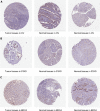
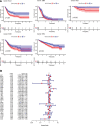
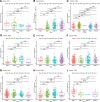



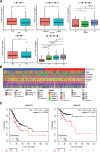


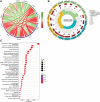
References
MeSH terms
Substances
LinkOut - more resources
Full Text Sources
Medical
Molecular Biology Databases

